The ultimate guide to finding your go-to karaoke songs
Before you read on ...
We ask you to make your first of several choices. Do you want the “radio edit” of this story, which will walk you through moods, vocal ranges and other things to consider when choosing your go-to karaoke song? Or do you want the “album version,” which tacks on more advice and fun personal stories from the experts?
Album version
Adam Jones used to have a karaoke phobia. It began on a family road trip to Palm Springs when he was a kid. He was singing to Boyz II Men’s “End of the Road” when his older brother interrupted: “Dude, shut up,” he said. “Nobody wants to hear you sing.”
The insult stuck with him. When he got older, he’d walk into bars, realize it was karaoke night, immediately turn around and leave.
In his late 20s, he reconnected with a friend who had opened a karaoke bar. She made a deal with him: If he sang, she’d cover his $100 tab. The first time, he paid the bill. The second time, he surrendered.
“I just remember my legs were trembling really bad, my palms were sweaty, my face had to have been beet red, but the whole time I’m smiling, because when I get nervous, I smile,” he said.
When he finished, he was mortified and wanted to leave. “What are you talking about?” his friend said. “You looked great.”
Over the next year, he sang the same song in the same bar once a month until he got comfortable. Then he picked a second song, and he’d sing the same two songs every time.
“I had put so much pressure on myself, on whether I sounded good or not, and it’s a shame,” Jones said. “One day, I just didn’t care, and once that happened, I had a lot more fun.”
Now he makes his living as a karaoke DJ, or KJ, in Los Angeles. More than anything, he loves when people get the courage to jump onstage for the first time.
Not everyone can sing. But everyone can do karaoke. Whether you’re in front of a crowd at a bar or at a noraebang (a private karaoke room) with a handful of friends, figuring out your go-to karaoke song is key to having a good time with the least amount of self-consciousness.
Tips from the experts
The Times spoke with several karaoke pros and asked for their go-to songs.
Scroll or drag below.
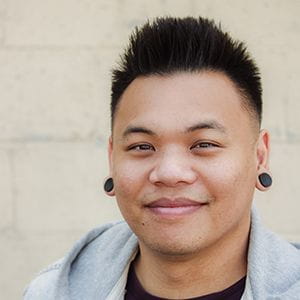
Try a duet. “If you’re somebody who karaokes a lot, take on the responsibility of welcoming those who don’t and singing with them.”
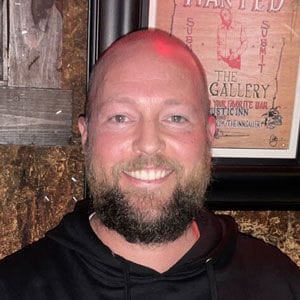
Ask the crowd for help. “I’d sing Bryan Adams’ ‘Everything I Do (I Do It for You),’ but then there’s a bridge where he goes really high ... I’d point the mic at the crowd, and they’d all sing it for me.”
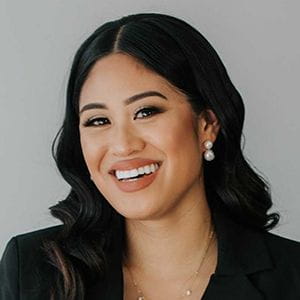
Go for the unexpected. Those who are multilingual can bring out their singing skills in other languages. Navarro’s Tagalog go-to is “Isang Lahi” by Regine Velasquez.

Avoid long songs. “No one wants to listen to you stumble through six minutes of ‘Bohemian Rhapsody,’ and a lot of karaoke spots won’t even allow you to sign up for ‘American Pie.’”

Go for the unexpected. Ho’s go-to is Bob Dylan’s “Subterranean Homesick Blues.” “It’s like a very honky-tonk kind of band, but then Bob Dylan sings over it in kind of a rap cadence.”
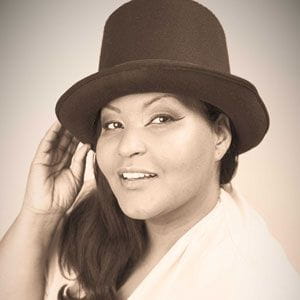
Sing what you like. “People feel that energy, people feel your happiness when you’re singing something you love.”
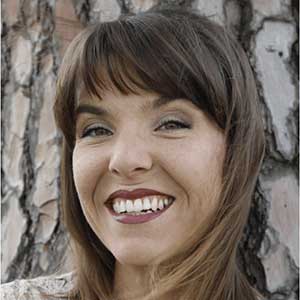
Relax. “Movement helps with singing." Sway a little and don’t be too stiff. Also, if it makes you nervous to think of people watching you, just don’t make eye contact.
Experts agree that it’s best to curate your own list of songs. But if you aren’t sure where to start, here are some factors to consider — and a guide we created with Pandora’s Music Genome Project team that will help you find the ones that work for you.

How to sing versus how to karaoke
Howard Ho said karaoke is about embracing the cheesiness. When he was a kid, his mom encouraged him to participate in her Taiwanese community group’s karaoke competitions. As an adult, he and his friends were karaoke regulars at Little Tokyo’s Miyako Hotel.
Ho — in addition to being the creator of YouTube videos analyzing the melodies in “Encanto” and “Hamilton” — is a composer and sound designer. He doesn’t consider singing one of his musical talents. But he knows how to nail a karaoke performance.
“When you’re a good singer, you often have your own take on the song,” said Ho. “Whereas with karaoke, you’re trying to relive what it’s like to be a fan of that song.”
People tend to feel the passion behind the karaoke rather than fixate on the actual quality of the vocals, he said.

How to pick your karaoke songs
No matter what the song-selector below suggests, pick a song that you know well. And consider the vibe of the room, as if you’re the host whenever you have the mic.
First consideration: Time period
If you’re not sure where to begin, start with what you liked when you were young, Kiki Park said. One of the things that makes karaoke fun is nostalgia.
“That song that you sang in middle school is your favorite song,” she said. “You know every word of that song. You probably sang it with your friends. You’re emotionally tied to it, and you don’t even know it.”
Another reason she suggests your middle-school jams is because that’s probably before you started getting pretentious with your musical tastes.
Some people will prefer to belt out the oldies. Some will want to test out the new hits. Others might want to consider the crowd in their song decision.
“Not all 21-year-olds will know the ’90s songs,” Jones said, recalling a time where he thought he’d kill with Nirvana but was met with silence.
Select time period
Second consideration: Mood
Do you want to get everyone dancing? Do you want to dramatically wallow — or pretend to dramatically wallow — in a breakup song? Do you want to bask in the sweet innocence of teenage love?
“Sometimes I think about the lyrics, whether it expresses something that everyone wants to sing along with,” Ho said. “For example, Journey’s ‘Don’t Stop Believin’’ or Bon Jovi’s ‘Livin’ on a Prayer’ — there’s a reason those songs work, because everyone can agree on that sentiment.”
Select mood
Third consideration: Vocal range
It’s helpful to have a sense of how high or low you can sing. There are six broadly defined vocal ranges (which are broken down further for the classically trained). They are, from highest range to lowest:
Most women are mezzo-sopranos, Sarah Cabrera said, whereas most men are bari-tenors — between a baritone and a tenor.
With beginner students, she starts with songs in their lower range.
“When we talk, we tend to speak in what we call the chest voice, which is where we set our low notes,” she said. “So we’re comfortable there.”
And these ranges overlap — for example, altos often can sing tenor songs. Sopranos may be able to sing tenor songs an octave higher, and tenors may be able to sing soprano songs an octave lower. Similarly, mezzo-sopranos may experiment with songs for baritone, altos with bass songs and vice versa.
New Harvard Dictionary of Music
But Park doesn’t want people to be discouraged by songs that are out of their vocal range. Many karaoke DJs will adjust the key for you, she said, and private-room karaoke remotes usually have options to modify the key.
Select vocal range

Other considerations
Performance vs. sing-along
There are two main intentions when it’s your turn to sing, Alyssa Navarro said.
“You can pick a song that you’re going to smash — like a Whitney Houston or a Celine Dion song — and that’s when you want to show off,” she said. “But most of the time, to create a vibe, you pick songs that everyone knows to get the crowd moving, like ‘Dancing Queen.’”
Navarro’s go-to is “Sometimes” by Britney Spears — recently featured as a karaoke performance in the film “Fire Island” — because it’s a mixture of both.
“It’s a little bit of a show-off song, but people also like to sing along to the chorus because it’s very simple,” she said. “And then there are also dance moves.”
If you’re nervous, she said, lean into the sing-along songs so you don’t feel alone.
Difficulty
Sometimes the challenge isn’t the vocal range but the rhythm. “Because you can only read so fast,” said Ho. “If the words are super tongue-twister-y, you kind of have to know it ahead of time.”
Other times, there are harmonies (“Come What May” from “Moulin Rouge”), vocal textures (“Sucker” by the Jonas Brothers), key changes (Celine Dion’s “My Heart Will Go On”) or octave jumps (Idina Menzel’s “Into the Unknown” from “Frozen”).
Most untrained singers have a range of about an octave and a half, Cabrera explained. Mariah Carey songs like “Emotions” or “Can’t Let Go” have a three- to four-octave range.
“In general, upbeat songs or power ballads are safer choices than slow or sad songs,” said Graeme Hinde. “Unless you’re really confident in the power of your voice.”
